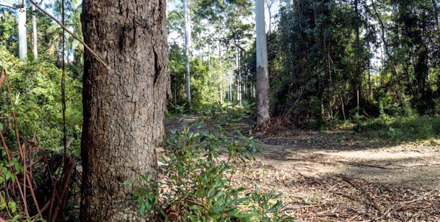
The release of the Intergovernmental Panel on Climate Change (IPCC) report, ‘Global Warming of 1.5°C’, should serve as a timely reminder that Australia’s forest industries are providing a major contribution in the fight against climate change, but they can do a lot more with the right government policy settings. Source: Timberbiz
“Earlier this year, AFPA released ‘18 by 2030 – Forest industries help tackle Australia’s climate change challenge’, a strategy aimed at maximising the emissions reduction potential of Australia’s forestry sector,” Chief Executive Officer of the Australian Forest Product Association (AFPA), Mr Ross Hampton said.
“The phrase 18 by 2030, refers to the commitment that Australia’s forest industries can be responsible for removing an additional 18 megatonnes of CO2 equivalent per year from 2030, with the right government policy settings.
“With the federal government committed to reducing emissions by 26% to 28% on 2005 levels by 2030, Australia needs to be removing 79 megatonnes of greenhouse gases from the economy per year by 2030. Forest industries can deliver 18 of that 79 megatonnes goal.
“With government focus on growing our plantation estate and ensuring existing plantations are replanted, encouraging more wood in construction, the use of more biofuels for transport, bioenergy in industry and biomass in powers stations, Australia’s forest industries can make an enhanced contribution to fighting climate change.
“Australia’s forest plantation estate already stores 171 megatonnes of carbon, which equates to 628 megatonnes of C02 equivalent. We can do more with the right government policies.”
According to AFPA 18 extra megatonnes removed by forest industries per year is the equivalent of taking 3 million cars off the road for a year, or the emissions removed by 4200 wind turbines in a year.
“With Australia and the world still looking for solutions to tackle climate change, governments should do more to harness the positive impact of forestry in combating global warning,” Mr Hampton said.





